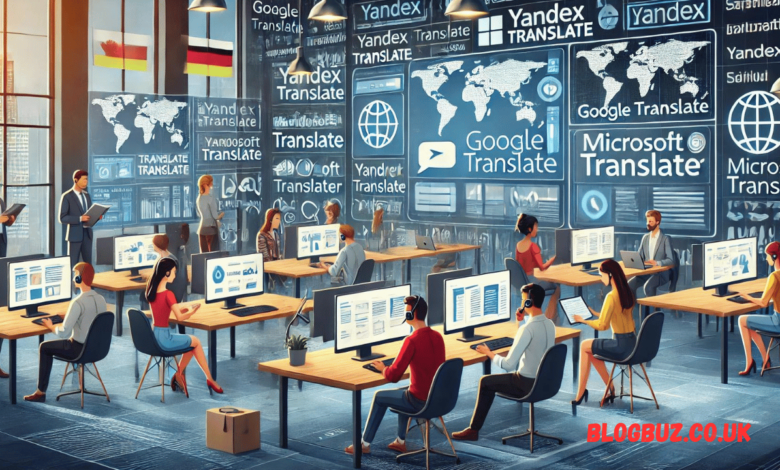Преводсч: The Evolution and Utility of Translation Services

Introduction to Translation Services
The term преводсч is closely related to translation services, a vital tool in today’s globalized world. Translation services bridge language barriers in personal communication, business, education, and media, making them indispensable for cross-cultural interactions. Modern technology has vastly expanded the capabilities and accessibility of these services, integrating them into daily life through apps, websites, and software.
Key Players in Online Translation
Google Translate
Google Translate is the most widely recognized translation tool globally, offering translation capabilities across more than 100 languages. This tool allows users to translate text, web pages, and documents, supporting real-time conversation and image translation. Its accessibility through web interface and mobile applications makes it highly versatile.
PONS Translator
PONS offers a unique blend of translation and dictionary services, making it particularly useful for learners and professionals needing a detailed understanding of words and phrases. PONS supports multiple languages and specializes in providing comprehensive contextual information to enhance the accuracy of translations.
Yandex Translate
Yandex Translate offers synchronized translation in 102 languages, featuring advanced functionalities like transcription, pronunciation, and usage examples. This service is designed to assist casual users and professionals by providing detailed linguistic information and a user-friendly interface.
Microsoft Translator
Microsoft Translator breaks language barriers by offering translation services for text, speech, and even real-time conversations. It is integrated within various Microsoft products and offers offline capabilities, making it useful in limited internet access scenarios. This service is part of Microsoft’s Azure AI platform, which ensures continuous translation accuracy and speedimprovements.
Evolution and Technological Integration
Significant technological advancements have marked the evolution of translation services. Initially limited to simple text translations, modern services now incorporate machine learning algorithms to enhance accuracy and context awareness. Real-time translation capabilities, integration with smart devices, and API access for developers are just a few examples of how translation services have adapted to the needs of the digital age.
Challenges and Future Directions
Despite advancements, translation services need help handling idiomatic expressions, cultural nuances, and technical jargon. The future of translation services lies in enhancing neural machine translation (NMT) technologies, which learn over time to produce more accurate and contextually appropriate translations.
Conclusion
Translation services like Google Translate, PONS, Yandex, and Microsoft Translator have become essential tools for overcoming language barriers. As these services evolve, they will foster global communication and understanding. The continuous improvement of these tools promises even greater integration into daily life and professional settings, making effective communication possible across any language.
FAQs on Translation Services and Преводсч
What is преводсч?
Преводсч generally refers to a translator or translation tool. It is commonly associated with online translation services that help convert text from one language to another, enabling more precise communication across different language speakers.
How do translation services like Google Translate work?
Translation services like Google Translate use machine learning algorithms and large databases of language data to translate text. These services analyze patterns in millions of documents to understand and predict translations, improving accuracy through artificial intelligence.
What languages are typically supported by online translation tools?
Online translation tools like Google Translate, Yandex Translate, and Microsoft Translator typically support a broad range of languages, often over 100, including commonly spoken languages and less prevalent dialects. Each platform may vary in its specific offerings.
What are the privacy considerations of using online translation tools?
Most online translation services store and analyze data to improve translation accuracy. Users should review these services’ privacy policies to understand how their data is handled, mainly when translating sensitive or personal information.
How can businesses utilize translation services effectively?
Businesses can integrate translation services to globalize operations, support customer service in multiple languages, and manage multilingual content on digital platforms. API integrations can embed translation capabilities directly into business software and websites.
You May Also Read: Nothing2Hide .net: Your Go-To Source for Transparent News and Latest Updates




